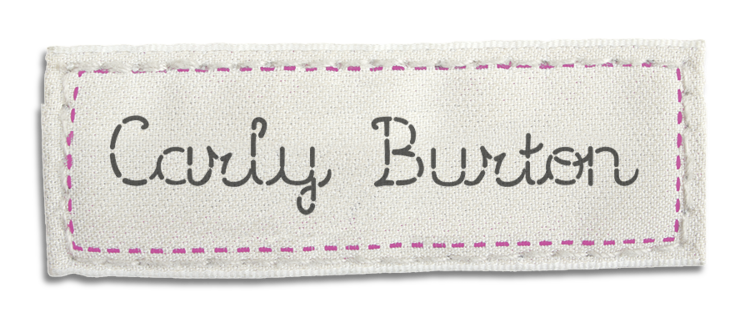Carly Burton is an arts educator, with a Masters in the Art of Teaching, from the University of the Arts, in Philadelphia, Pennsylvania. She currently is an Adjunct Professor at Rowan College at Burlington County, in the Fashion Design Department. Prior to teaching Carly worked in fashion design for 9 years. She earned her Bachelors of Art and Science in fashion design at Drexel University in Fashion Design in 2008.
Carly's Teaching Philosophy
“Creativity is as important as literacy” (Sir Ken Robinson). As an art educator, I believe this statement to be true. Visual arts in schools provides the space and time for children to explore the creativity inside of them. Art education is essential to a well-rounded educational experience and allows children to find their inner creativity. All children deserve the opportunity to experience the visual arts fully in school. Experiencing art making can open one’s eyes and mind to a world of possibilities; it can stir the creativity that is so essential to learning. Art making encourages students to tap into a cognitive and inquisitive sensibility that otherwise may not be realized.
I intend to provide a hands-on art experience that allows students to apply skills, explore concepts, and express themselves. Creating cultural connections though art provides students with the ability to be more aware and accepting of the world around them. As an art educator, I strive to help every student make these connections to themselves and that world around them. I believe the act of creating helps students to retain and comprehend information more deeply and confidently. My visual arts curriculum would provide students with the creative experience of doing to help them make these connections. By exposing students to art history and contemporary art in the classroom I am confident I can inspire students to develop cultural and community awareness. This encourages students to make personal connections to their civil and social community. By utilizing resources in the community such as gallery openings, creating art for local government buildings, or designing murals within the school, students are encouraged to create art that extends beyond the classroom. The appreciation for the arts that students develop though community creation also helps cultivate a deeper connection to the lessons taught in the art classroom.
In addition to establishing connections in the community, I strive to ensure students develop correlations in all curricular areas. Studies show that students who receive an art education are more proficient in math, English and science (AEP). My lessons are designed to integrate interdisciplinary connections so that students develop a deeper understanding of math, science, history and English. Using a combination of 2D studio activities, 3D tactile experiences, and technology, multi-sensory lesson planning would ensure that all students receive a well-rounded studio art experience. Each student will be encouraged to explore their imagination, and develop their knowledge of historical and current events, visual culture and aesthetics in and out of the art classroom.
I promote creating an accepting environment in my art room for all students, including those with special needs and varied learning styles. This enriched classroom environment will ensure that all students succeed and feel confident in their skills. My art room will be a safe and creative space, where all students can thrive and reach their fullest creative potential. I look forward to bringing an enthusiastic, comprehensive, and thought provoking outlook to art and culture for all students.

